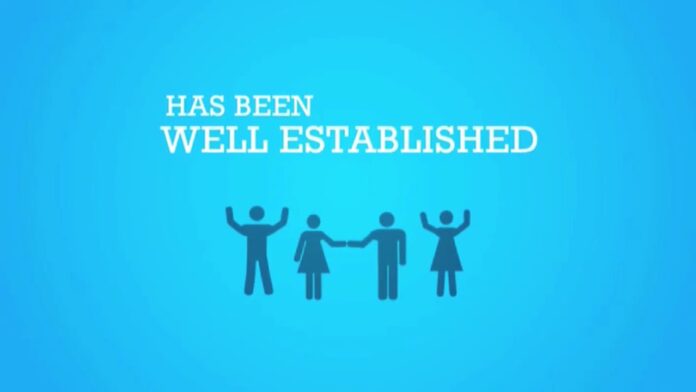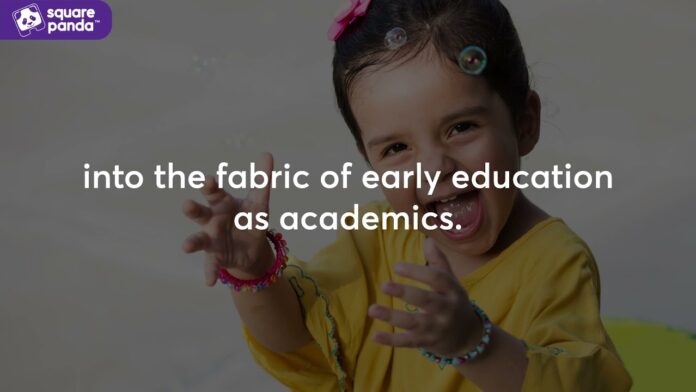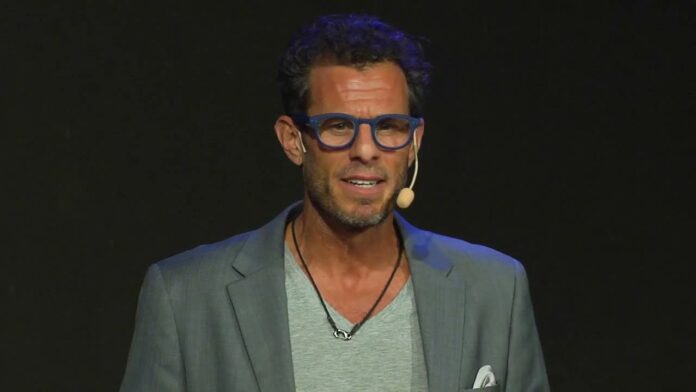The education system is ever-evolving, constantly adapting to new challenges and changes in society. One of the key factors influencing this evolution is school funding, which plays a crucial role in determining the quality of education that students receive. However, with the introduction of new curriculum changes, schools are often faced with the challenge of managing their budgets while ensuring that students are receiving the best possible education. In this article, we will delve into the complex relationship between school funding and curriculum changes, examining the impact on both budgets and student outcomes.
Historical Background of Education Reform
To understand the current landscape of education reform, it is important to look at its historical context. The concept of education reform can be traced back to the 19th century, when governments started to take an active role in providing education for its citizens. In the United States, public education became a priority with the creation of the Common School Movement in the mid-1800s. This movement aimed to provide free and compulsory education to all children, regardless of their social or economic background.
In the 20th century, the focus shifted towards standardized testing and accountability measures, leading to the implementation of programs such as No Child Left Behind in the US and the National Curriculum in the UK. These reforms were intended to improve educational outcomes and close achievement gaps, but they also sparked debates over the best approach to education.
Current Issues and Debates in Education Reform

Today, the debate surrounding education reform continues to be a contentious topic. One of the main issues is the question of how to best improve student outcomes. Some argue for a more traditional approach, focusing on core subjects such as math and reading, while others advocate for a more holistic approach, incorporating subjects such as art and music.
Another issue is the equity implications of education funding models. Disadvantaged schools often struggle to secure necessary resources, leading to inequalities in education. Additionally, there is ongoing debate about the role of standardized testing in measuring student performance and the impact it has on teaching methods.
Pros and Cons of Different Reform Strategies

As with any complex issue, there are pros and cons to different education reform strategies. Standardized testing, for example, provides a way to measure student progress and hold schools accountable for their performance. However, critics argue that it leads to a “teach to the test” mentality and does not accurately represent a student’s overall learning.
On the other hand, more holistic approaches to education, such as project-based learning, can foster critical thinking and creativity in students. However, these methods may be seen as less rigorous and may not prepare students for standardized tests or college entrance exams.
Impact of Education Reform on Students and Educators
As education reform initiatives continue to be implemented, it is important to consider their impact on both students and educators. For students, the effects may vary depending on their individual needs and learning styles. Some students may thrive under a more traditional approach, while others may benefit from a more hands-on, experiential learning style.
For educators, implementing new curriculum changes can be challenging and require additional training and resources. It also creates pressure to produce positive results, which can lead to stress and burnout. On the other hand, successful education reform initiatives can lead to a sense of accomplishment and satisfaction among teachers.
Case Studies of Successful Education Reform Initiatives
While there is no one-size-fits-all solution to education reform, there have been successful initiatives that have improved student outcomes and addressed funding issues. In the 2000s, Finland implemented significant education reforms, including shorter school days and fewer standardized tests, leading to consistently high scores on international assessments.
In the United States, some charter schools, which operate independently from the public school system, have shown promising results in terms of student achievement. These schools often have more flexibility in their curriculum and funding, allowing them to provide a more tailored education for their students.
Challenges and Obstacles to Implementing Education Reform
Despite the potential benefits of education reform, there are numerous challenges and obstacles that can hinder its successful implementation. One such challenge is the resistance to change from stakeholders, including teachers, parents, and policymakers. These groups may have differing opinions on what constitutes an effective education and how to achieve it.
Funding issues also pose a significant obstacle. While some reforms may require additional resources, governments may not be able to allocate the necessary funds. This can lead to budget cuts and compromises in implementing the desired changes.
Future Trends in Education Reform
As technology continues to advance and societal needs shift, education reform will likely continue to evolve. Online learning, personalized learning programs, and the use of data analytics to track student progress are some of the emerging trends in education. Additionally, there is a growing emphasis on promoting diversity and inclusivity in the curriculum.
Another potential trend is the move towards competency-based education, where students progress at their own pace based on mastery of skills rather than traditional grade levels. This approach has the potential to better prepare students for real-world challenges and address individual learning needs.
Conclusion and Recommendations
In conclusion, school funding and curriculum changes are two critical components of the education system that are closely intertwined. Effective education reform initiatives must strike a balance between these factors to ensure that students are receiving a quality education without placing too much strain on school budgets. It is essential to engage all stakeholders in the conversation and carefully consider the impact on both students and educators when implementing changes. With careful planning and a willingness to adapt, we can continue to improve our education system and prepare future generations for success.









